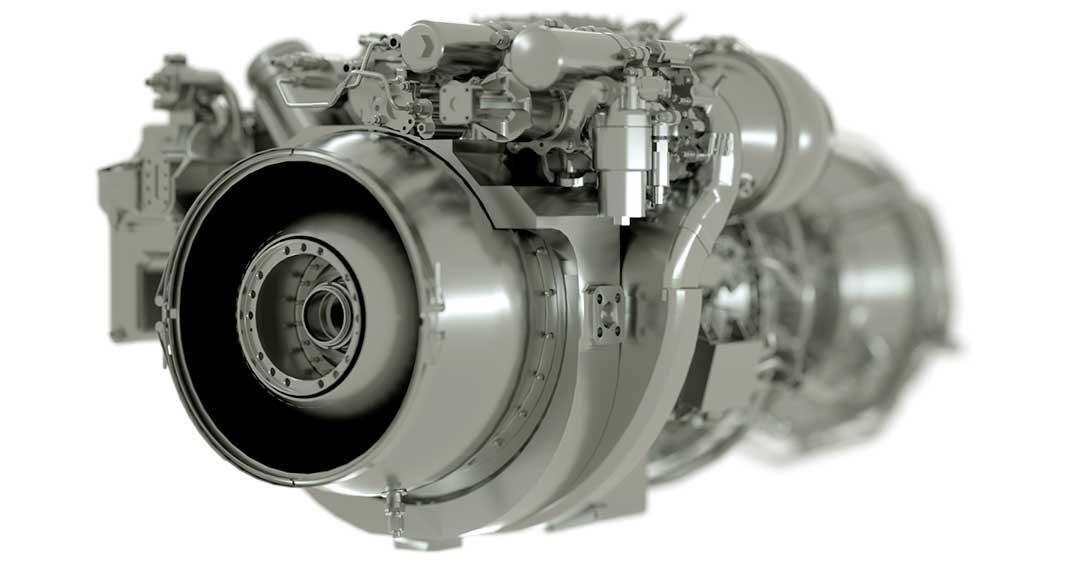
Credit: GE Aviation
With the U.S. Army looking to maintain the capability of its legacy helicopter fleet even as it moves to modernize the force with advanced rotorcraft, continued progress with a new engine program is becoming crucial to its plans. Despite the effects of COVID-19 and a downturn in the commercial...
Subscription Required
This content requires a subscription to one of the Aviation Week Intelligence Network (AWIN) bundles.
Schedule a demo today to find out how you can access this content and similar content related to your area of the global aviation industry.
Already an AWIN subscriber? Login
Did you know? Aviation Week has won top honors multiple times in the Jesse H. Neal National Business Journalism Awards, the business-to-business media equivalent of the Pulitzer Prizes.
